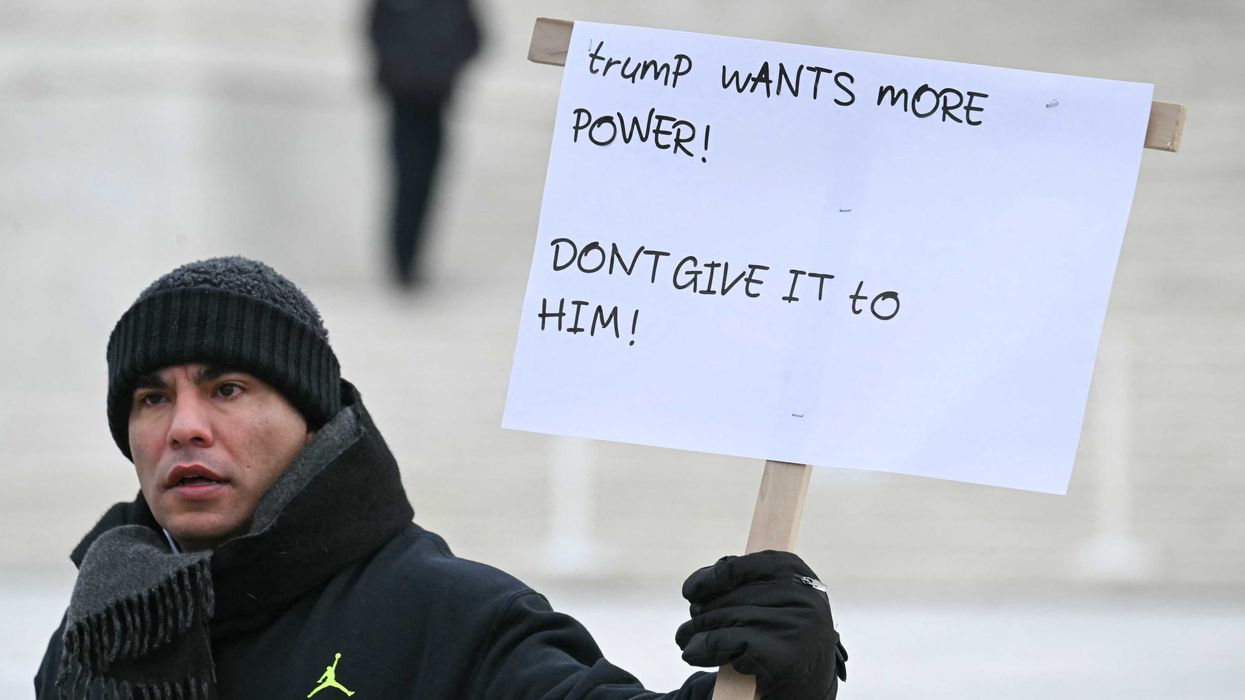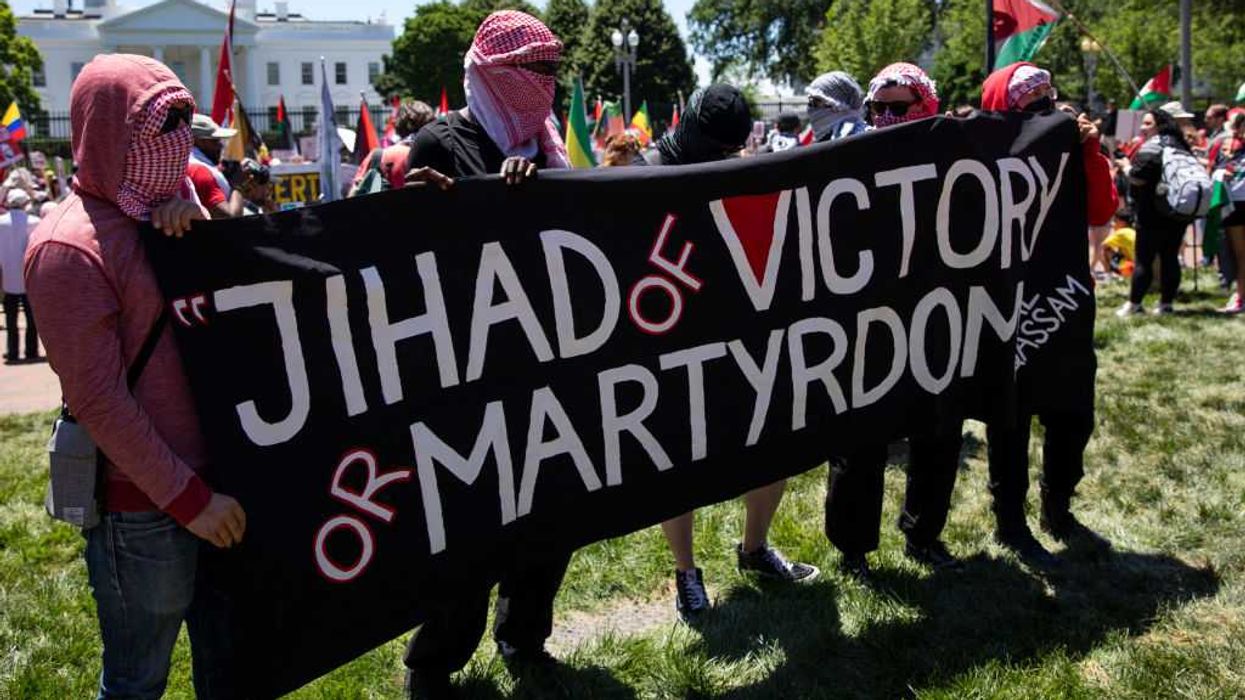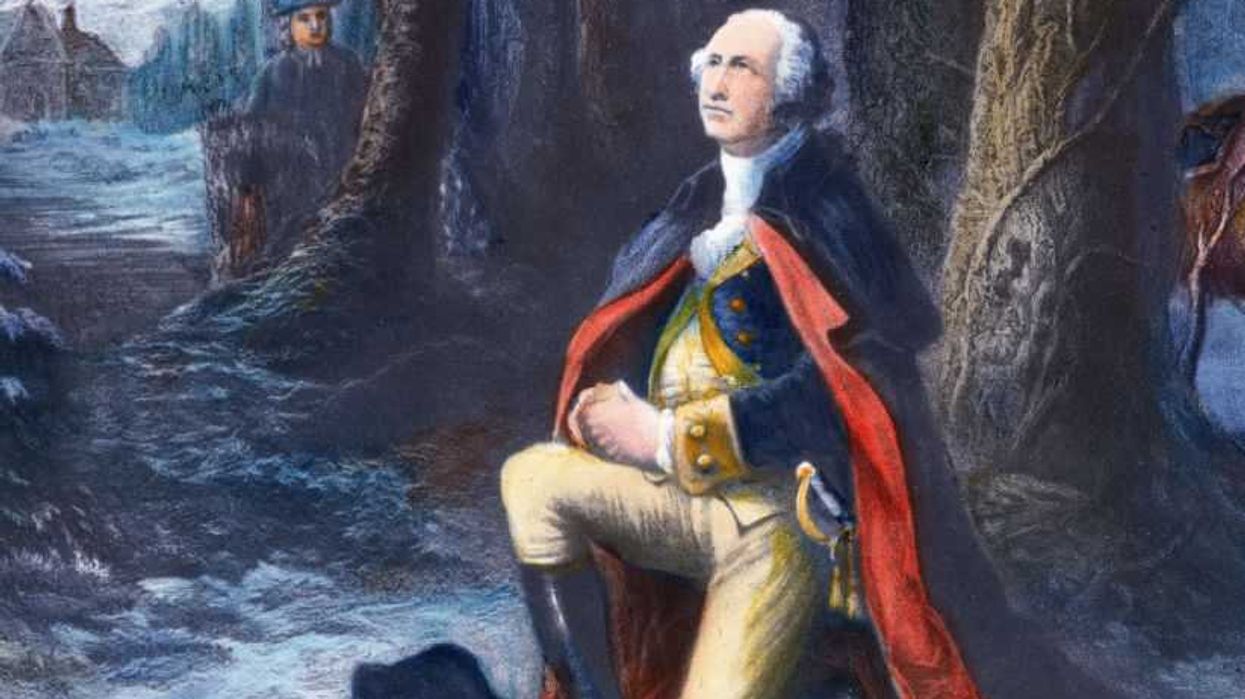If you have followed Glenn for a while, you have probably heard him talk about his good friend and photographer George Lange. George recently co-authored a bestselling book: The Unforgettable Photograph: 228 Ideas, Tips, and Secrets for Taking the Best Pictures of Your Life. He has enjoyed success few photographers can hope to achieve - working with celebrities and politicians with his work appearing in Esquire, GQ, and The New York Times among others.
George recently sat down with Mark St. Amant at The Good Men Project and spoke about what it is like to work with such large personalities - chief among them, Glenn. Given that George describes himself as a prototypical 'card-carrying New York liberal,' St. Amant questioned how he and Glenn could become such good friends. But, as George described, the relationship has nothing to do with politics.
 "See that’s the thing: we don’t talk about politics much. We don’t see each other in terms of labels... We find other ways in," George explained. "We talk about being parents a lot. We talk about love, which is the most important thing to me of all. All of my work is about loving my subjects, trying to show what makes them so special, trying to find that place that we all connect. How can you love the 'most hated man in America?' Our relationship is all about trust."
"See that’s the thing: we don’t talk about politics much. We don’t see each other in terms of labels... We find other ways in," George explained. "We talk about being parents a lot. We talk about love, which is the most important thing to me of all. All of my work is about loving my subjects, trying to show what makes them so special, trying to find that place that we all connect. How can you love the 'most hated man in America?' Our relationship is all about trust."
George also opened up about one of the most surprising things to come out of his work with Glenn: The remarkable support he has received from Glenn's fans.
"One of the greatest joys of working with Glenn has been how his audience has embraced our work together," George said. "Glenn jokes on the air... about me being his communist friend. His audience knows my politics, they know where I come from, and yet they’ve opened their arms to me. I haven’t tried to hide my politics. I stay loyal to my own beliefs. But more important, I’ve searched for the place we’re all connected."
"But seriously, how does such a liberal become so close with Glenn Beck," St. Amant asked one final time.
"This is how: My brother had a heart attack in Boulder last May. He’s fine now, but was in a coma for three weeks in the ICU... Every single day, Glenn would reach out to me asking if he could help, offering to come to Boulder and visit, whatever I needed," George explained. "After days of his offers, I told my mother (also a big liberal) about Glenn’s offering to help. She was pretty raw going through this whole period with my brother and she blurted out, 'Yes he can help: tell Glenn to vote Democratic and cut the BS!' The next day I told Glenn what she’d said and he replied, 'George, I’d do anything for you . . . but that’s never gonna happen.'"
You can read the entire interview HERE.
On of the primary themes of George's new book is to share some of what he has learned throughout the years about taking a truly special photograph. When it comes to photography, George has one mission in mind: Take the unforgettable photo, not the perfect one. During a recent interview with CBS This Morning, George explained the last thing we should be doing this holiday season is trying to take the “perfect” photograph.
“The least interesting picture is the person standing there smiling, staring at the camera – it’s the least revealing,” he said. “You want to show what makes us human, what makes us special. And we’re trying to take pictures of what makes our lives amazing.”
While we have all grown accustomed to saying 'cheese' and smiling directly into the camera, George suggested people start looking for the interesting instead of the posed.
“We are always trying to set up this perfect picture, and meanwhile all the really interesting pictures are kind of orbiting around that … These are the really special moments,” George explained. “This is what’s never going to happen again.”
Another pro-tip: Shy away from using the flash unless you absolutely have to. "“We have amazing light going on in our houses,” George said. "All we have to do is be aware of it."
Check out the full interview with CBS This Morning below:


 JIM WATSON / Contributor | Getty Images
JIM WATSON / Contributor | Getty Images
 Joe Raedle / Staff | Getty Images
Joe Raedle / Staff | Getty Images AASHISH KIPHAYET / Contributor | Getty Images
AASHISH KIPHAYET / Contributor | Getty Images Harold M. Lambert / Contributor | Getty Images
Harold M. Lambert / Contributor | Getty Images